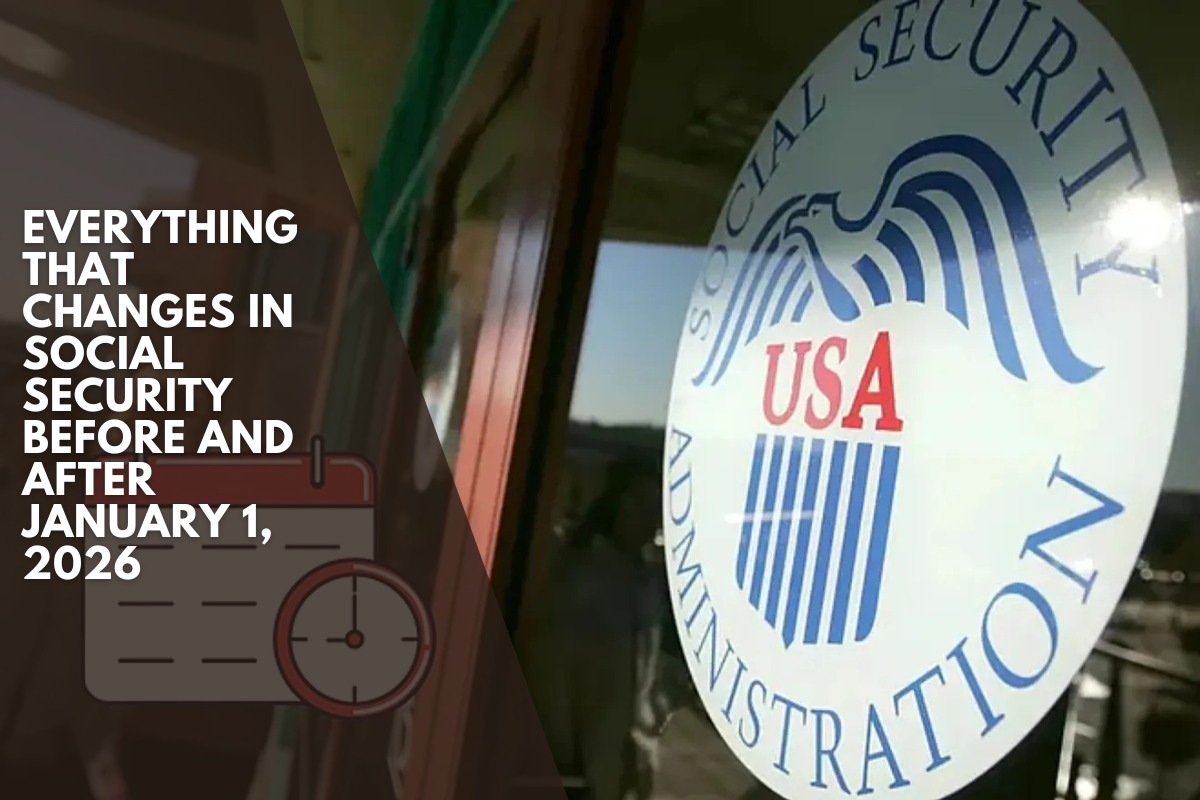A bipartisan proposal in the United States Senate is gaining attention for its ambitious attempt to address Social Security’s looming financial shortfall, which includes a cash injection of approximately $1.5 trillion.
Senators Bill Cassidy (R-La.) and Tim Kaine (D-Va.) say the investors will rely on long-term market investments to help preserve benefits for current and future retirees.
The framework, which is not yet in formal legislative text, would create a new federal investment fund separate from Social Security’s existing trust funds. Under the plan, the government would commit $300 billion per year for five years, totaling $1.5 trillion.
These funds would be invested in stocks, bonds, and other assets, with the intention of holding them for 70 years. All returns, including dividends, would be reinvested. Furthermore, the Treasury Department would cover benefit payments for 75 years after the investment was made.
“It is something to save Social Security, and to save the benefits flowing to the people, frankly, will either already depend on them or will depend upon them going forward,” according to Cassidy.
However, while senators claim the approach could avoid drastic cuts, some economists warn that it may pose significant financial risks, and Cassidy has argued that the proposal would not increase the national debt.
“Even though we’re borrowing that money,” Cassidy continued. “It does not increase our nation’s indebtedness and the investment income will exceed the interest that accumulates on the money borrowed.”
The senators estimate that the approach could generate at least 70% of the funds required to cover benefits over the next seven decades, but as with all things, it is not without criticism as people consider its viability.
Kaine has referred to the concept as a “really important ingredient” in stabilizing the program, but he admits it will not solve the shortfall on its own, and other economists remain skeptical.
“Unfortunately, their proposal does not improve the program’s finances because it does not impose the tax increases or benefit reductions that are required to keep it solvent,” said Sita Nataraj Slavov of the American Enterprise Institute.
While Andrew Biggs, a former principal deputy commissioner of the Social Security Administration, criticized the plan for using borrowed funds to make risky investments.
“It’s not a sovereign wealth fund. Norway invests the excess revenue from oil profits. “We’re talking about borrowing money to play the markets,” Briggs explained, comparing the proposal to pension obligation bonds used by underfunded state retirement systems.
Social Security set to run out sooner than expected because of Donald Trump
The plan’s success would be contingent on maintaining investment returns greater than borrowing costs for decades, and any sustained market downturn or rise in interest rates could undermine the strategy, potentially worsening the funding crisis.
According to the program’s trustees, projected depletion of Social Security’s combined trust funds by 2034 is driving the urgency. At that point, the system would only be able to cover about 80% of scheduled benefits unless new revenue sources or cost-cutting measures were implemented.
The OASI fund alone could be depleted by 2033, whereas the DI fund is expected to remain solvent for much longer. The chief actuary recently warned that President Donald Trump’s tax and spending legislation will further reduce benefit-related tax revenue beginning this year, hastening depletion.












